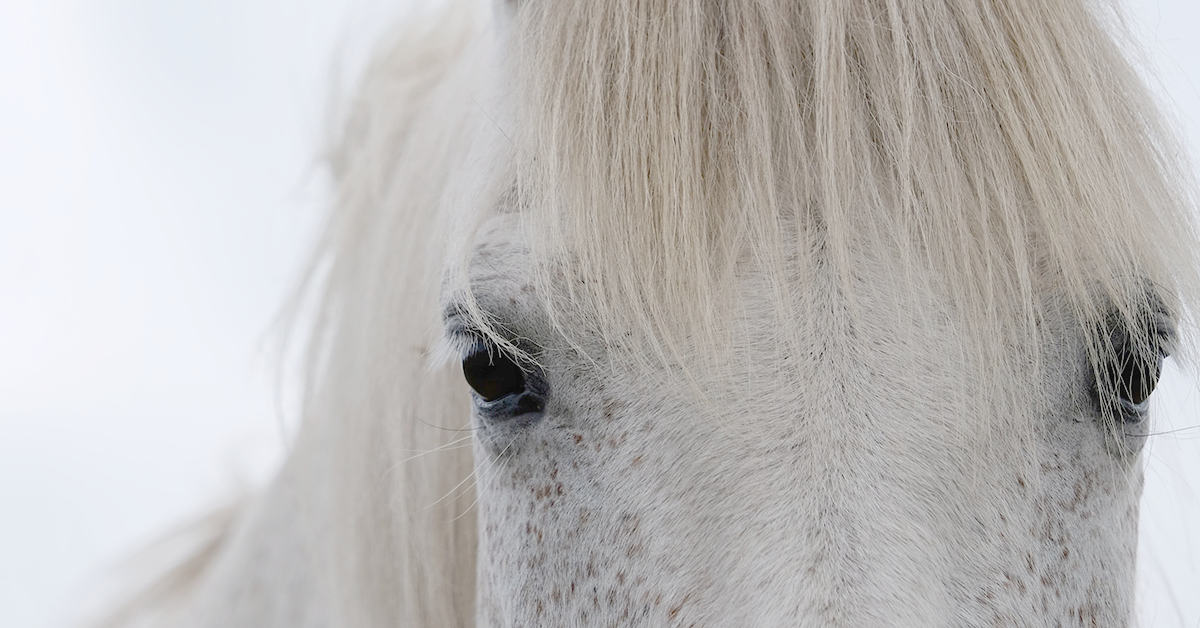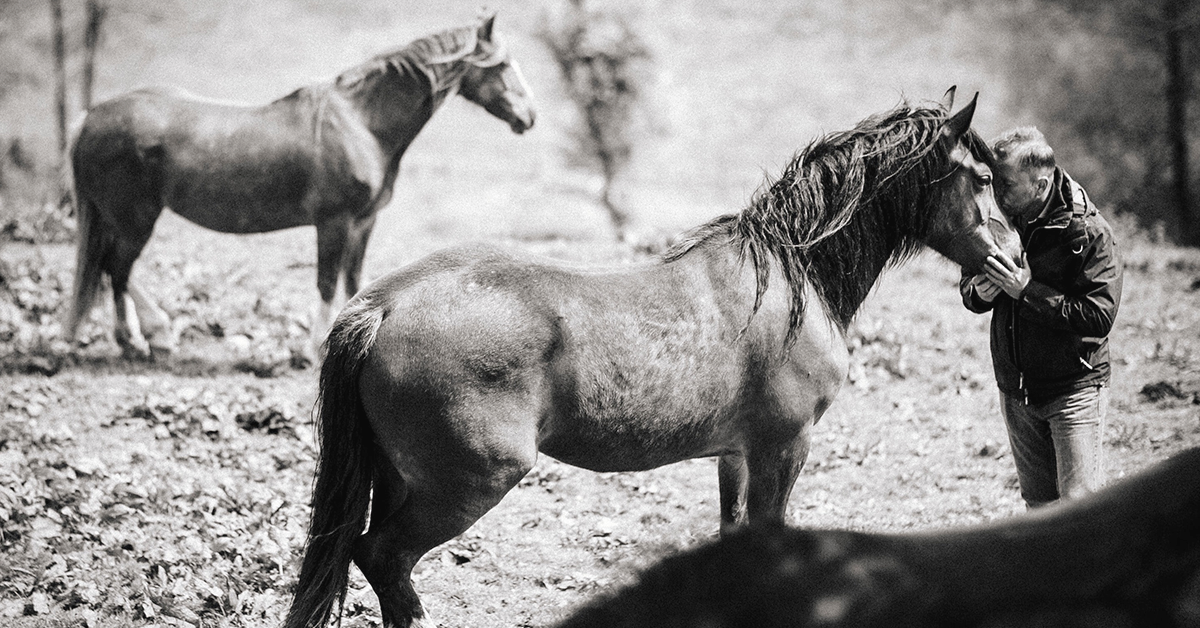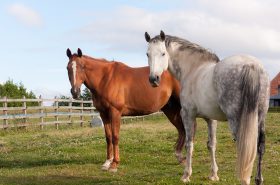By observing your horse’s movement and expressions, you can identify how they’re feeling.
It would be a lot easier if horses could talk. They might say “I’m hungry”, “this saddle hurts”, or “I miss my friends”. They don’t use words, but they do exhibit body language to reveal their feelings. You can tell a lot about your horse by observing its ears, eyes, facial expressions, tail, and vocal sounds. To deepen your relationship with a horse and ensure its happiness, you should strive to understand its body language and how they communicate.

Useful Observations
You know your horse better than anyone! Not all horses react the same, so be cautious with stereotypes. Additionally, some horses are very reserved with their feelings; they communicate more subtly. Others are bold and expressive! The best way to understand their body language is to quietly sit back and observe.
Let these suggestions guide your experience!
Ears
You can tell a lot about your horse’s mood by the position of its ears. Forward-facing ears that are relaxed usually mean they’re happy and content. Under saddle, it can suggest they’re listening to your aids. If they become stiffly pricked forward, then they’re alert or scanning for danger. Those with ears flat back are often frustrated or uncomfortable. This can be a warning they may strike out or bite.
Eyes
Your horse’s eyes reveal a lot about them. When searching for your new partner, many look for quiet, kind eyes with gentle expressions. On the other hand, horses with small eyes that may seem restless and may be anxious or bad-tempered. It’s also said that those with a lot of white showing are full of energy.
Facial Expressions
It can be difficult to understand the movements of your horse’s face. They’re usually more subtle. You can observe the nostrils and lips for a deeper understanding though. It can be helpful to look for tension and tightness, which reveals stress or unhappiness. Alternatively, a droopy lip and low head can suggest they’re relaxed.
Tail
Your horse’s tail can be observed on the ground and under the saddle for a clear picture of their emotions. If their tail is swingy quietly while they move, then you can suspect your horse is relaxed. One carried high suggests excitement, while one held tightly against their rump denotes tension. Many horses will aggressively swish their tail when in pain or frustrated.
Vocal Sounds
Some horses are very vocal, while others tend to be on the quieter side. You may hardly ever hear your horse call out to another. It all depends on their personality! There are some that will nicker or whinny when they see their friends or the grain cart coming close. They may also squeal with excitement when meeting a new pasture mate. When a horse groans or screams, then you should consider if they’re in pain.

There are other body language movements your horse may do when feeling a particular way. Some include cocking their hide leg, arching their back, or lowering their head to the ground. The more time you spend with your horse the more you will figure out their specific quirks and how they communicate.
Love this blog post? We think you will like The Definition of a Heart Horse by Emily Fought.



